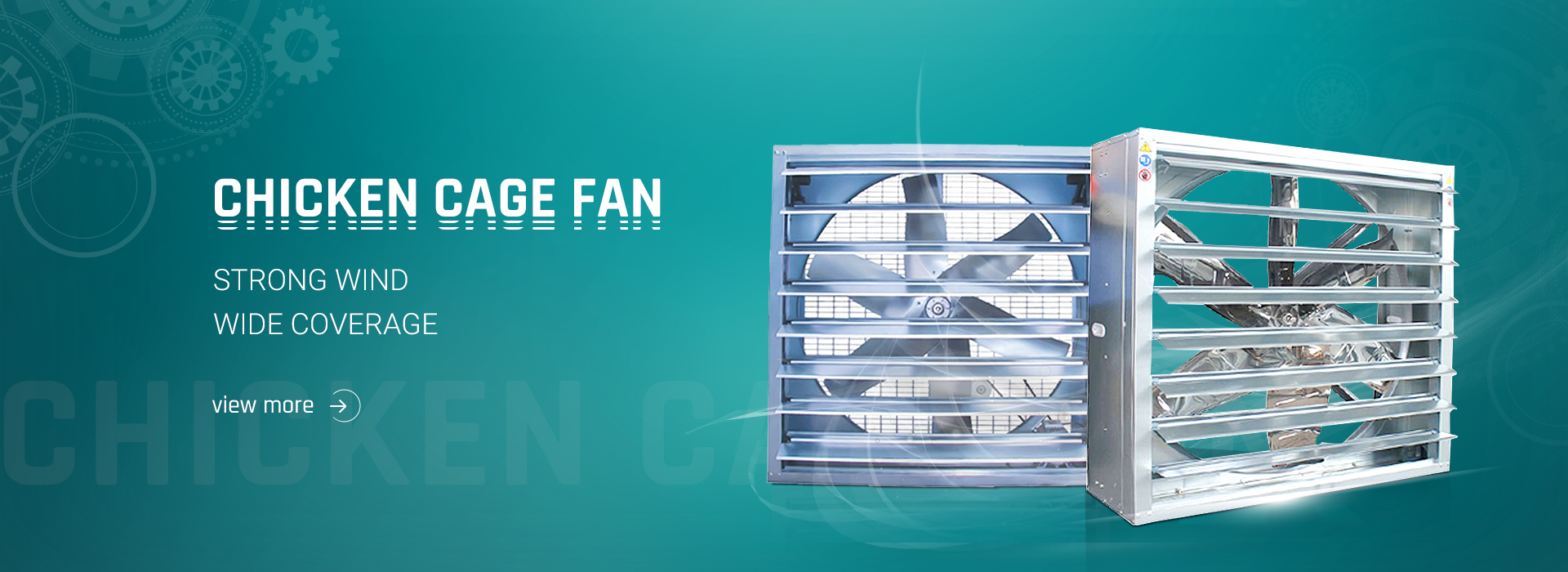Chicken feathers are divided into chicken feathers and pheasant feathers, the exposed part is called outer feather, and the part that is covered by the skin is called down feather. The output of feathers is 7. 6%-8. 6% of chicken live claws. If it can be widely collected, processed and used, it can be used to make pillow cores, quilts, vests, military sleeping bags, etc., and large feathers can also be used to make feathers. Fan, badminton, etc.
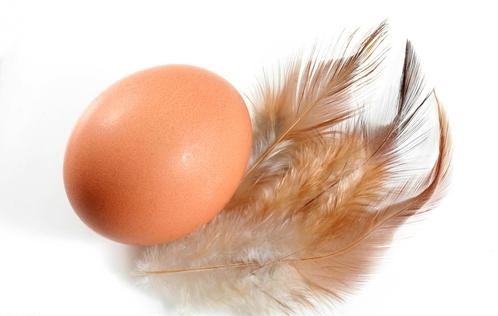
Acquisition process
(1) Collection and preservation of feathers
①Collecting There are two types of plucking, dry plucking and wet plucking. Dry plucking is better. Wet plucking is used in most areas of our country, and the feathers have a lot of moisture and need to be dried and preserved. When collecting chicken feathers, the down, lamella, and large feathers should be separated, especially the down and lamella are the most valuable, so don’t miss them. The quality and purpose of various feathers are different, so don’t stick them together.
② Dry the feathers in a sheltered, sunny and clean place, and do not mix in impurities. The dried feathers should be stored in time to avoid being blown away by the wind and getting wet with dew at night.
③Preservation Store the dried feathers in a dry warehouse and check them frequently. If they are moldy or have a special smell, they should be dried again.
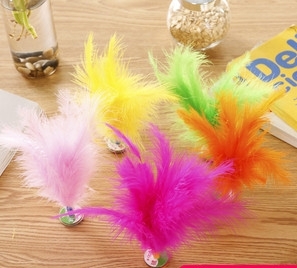
(2) Processing of feathers
① Pour the feathers into the hair shaker in batches, turn on the blower to make the feathers fly in the box, and use the different densities of flakes, feathers, gray sand and foot skins to fall into the receiving box and collect them separately. In order to ensure the quality, the wind speed in the wind box should be even, and the selected feathers should be packed into big bags.
② Pick up the stalks and miscellaneous hairs of the feathers after winnowing, and check whether their ash content and down content meet the standards.
③ Adjust and stack the picked feathers according to the quality components, so that the down content reaches the finished product standard.
④Packing The piled feathers are sampled and re-inspected to meet the standard, that is, they are poured into the baler, and the toe caps, numbered, and weighed after being taken out are finished products for sale.
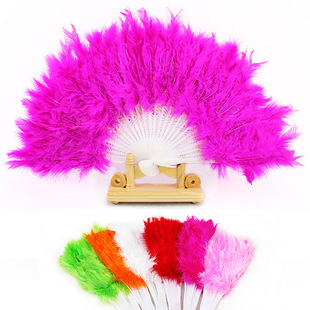
Processing
①Material selection It is necessary to select chicken feathers with dense fluff and divide them according to the position of the chicken. The chicken feathers in the breast and abdomen are the most suitable raw materials for processing chicken feathers.
②Tear the velvet. Generally, use the left thumb, index finger, and middle finger to squeeze the upper hair tip of the chicken feather, and then use the thumb, index finger, and middle finger of the right hand to pinch the lower half of the chicken feather and tear it down on the right side. The velvet filaments form flowers, which is chicken velvet.
③ Color separation When tearing down, except for the white chicken down to be separated separately, the other colors are collectively referred to as gray chicken down and can be stored together.
④Packaging White chicken down and gray chicken down must be packaged separately because of the different prices. Chicken down is a light foam material, in order to save transportation costs, it should be stepped on and tied firmly during the packaging process. The specifications and quality of chicken down naturally require dryness and soft hand feeling. The chicken down content is good and the strong pure down must not be less than 90%, of which the re-feathering must not exceed 10%, and the wool flakes must not exceed 2%
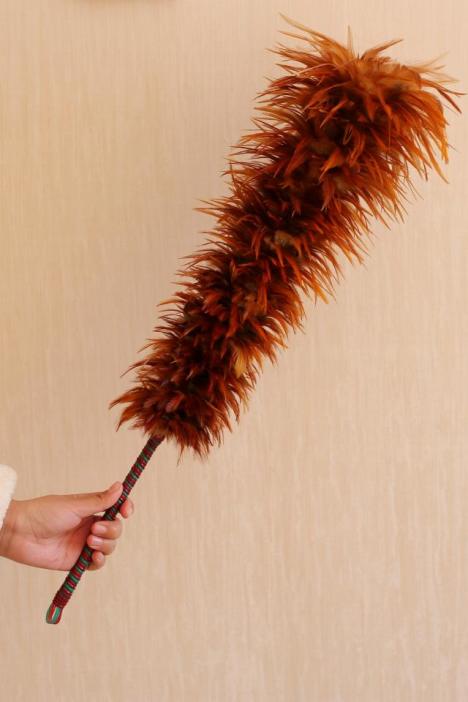
Post time: Dec-03-2021



